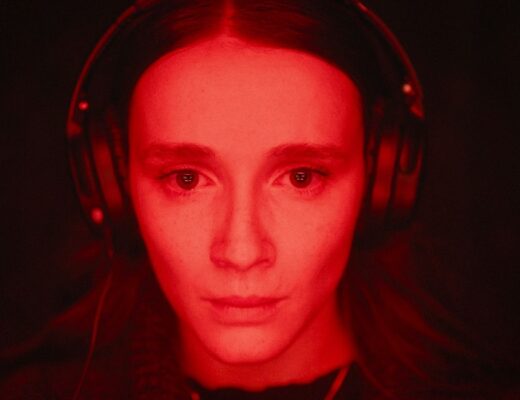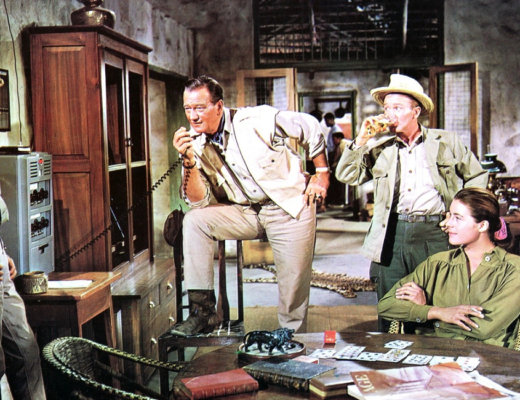Jefre Cantu-Ledesma is at his best when he’s unabashedly romantic. For more than a decade, he’s crafted ambient tracks that tend to brim with overwhelming sentimentality. In hearing his works, one gets the sense that every single melody has the uncanny ability to lure listeners inside its beauty. Integral to this technique is a measured use of obfuscation: Whether it’s crackling noise providing catharsis, or hazy psychedelics coating songs in a nostalgic sheen, Cantu-Ledesma’s work has always featured some sort of approach that’s been used to amplify the feelings being expressed. With Tracing Back the Radiance, this is still the case — but there’s also a more unassuming attitude behind these tracks. Where most of Cantu-Ledesma’s previous solo recordings give the daunting impression of a whole mini world, the three songs here feel like they’re happy to exist as is, rewarding anyone willing to be patient with their meditative drone. In other words: the subtlety here is enticing, and there are small details that one is encouraged to uncover and appreciate. Despite appearing more straightforward than, say, the electracoustic collaborations Cantu-Ledesma cut with Félicia Atkinson, these tracks contain a richness that goes hand-in-hand with their self-effacing demeanor.
Where most of Cantu-Ledesma’s previous solo recordings give the daunting impression of a whole mini world, the three songs here feel like they’re happy to exist as is, rewarding anyone willing to be patient with their meditative drone.
Tracing Back the Radiance opens with “Palace of Time,” 21 minutes of leisurely ebb and flow. While primarily characterized by a soft drone, there’s a slew of other ornamentation that’s embedded within the track: percussive rustles, new age piano filigrees, additional layers of moody ambience. There’s no recognizable sense of progression; instead, “Palace of Time” is akin to a field recording, allowing the listener to become attentive to all the individual sounds that comprise the particular locale that it’s surveying. Given the title of the piece, one could imagine this space being a sacrosanct place of old, rife with history, but long absent of a human presence. In a sense, this is ambiance at its most fantastical — if also, undeniably, familiar. What’s notable about Cantu-Ledesma’s work here is the carefully curated group of contributing musicians (Mary Lattimore and John Also Bennett among them) and how economically they’re used. On “Joy,” a skeletal vibraphone melody lends a sense of structure, but the song slowly unfolds into something dreamy, the harp and synth organs buried in the mix helping to crystallize that sensation. The title track bears resemblance to the opener, both in its extended runtime and subdued atmosphere, but it’s more evocative in that its drone’s melody gradually evolves. The track concludes with the sound of Meara O’Reilly’s celestial voice, and after an album filled with small and precious moments, the delicate timbre of her intonations proves a rewarding, and appropriate, climax. Is this the supposed “radiance” that the album is leading to? Regardless, that isn’t the most important part of this album’s title: “tracing” suggests Cantu-Ledesma intention to get listeners to follow along with this music, intently, relishing in its development.







